The Better Sister
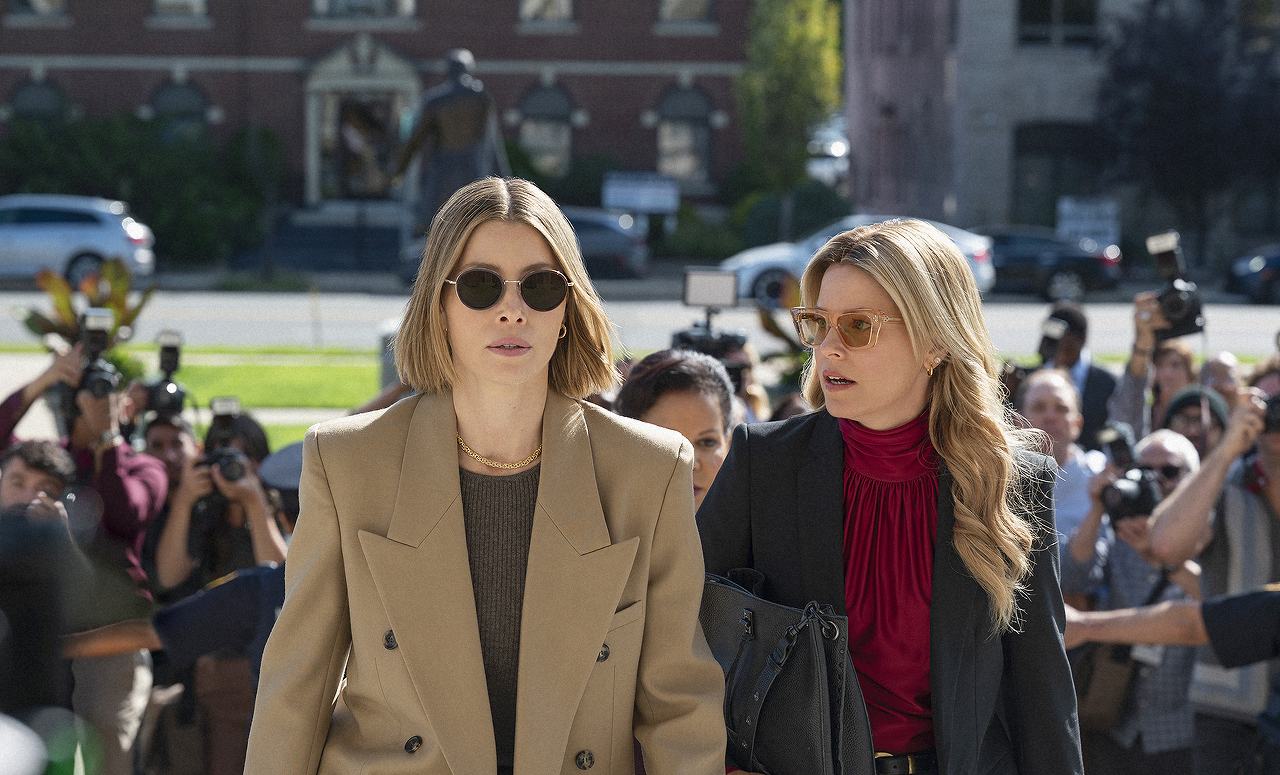
Clinical and slow-burning, The Better Sister is a methodical dissection of one man’s murder, one that catalyses several revelations and familial confrontations. It follows sisters Chloe and Nicky, whose shared interest in one man leads to a series of unfortunate events, including the death of said man, Adam. The two reunite and try their best to put aside their misgivings for the sake of their son, Ethan. Together, they uncover the truth behind Adam’s murder. But with every new piece of evidence and suspect introduced, the tangled web of lies unravels, alongside long-kept secrets of affairs, sexual assault and psychological trauma. Intriguing and highly addictive, this release boasts the intoxicating talents of Jessica Biel and Elizabeth Banks.
The writing for The Better Sister is somewhat confusing. Some parts are exhilarating to follow, undermined by odd choices in dialogue and phrasing. The script is forceful in its use of exposition, setting up possible suspects and red herrings for the audience; these scenes are minute in isolation, but they chip away at the viewer’s immersion. Where the narrative excels is in the examination of its two main characters. Chloe and Nicky may at first seem like simplistic opposites: one strait-laced and stiff, the other impulsive and unrestrained. But underneath their bravados and show of control, they both harbour a certain darkness within them.
For Chloe, it’s her hypocrisy. As the editor-in-chief of The Real Life, she is hailed as the face of political progress, using her platform to highlight important causes. The series uses buzzwords like “white trash” and “recovery porn” to exhaustingly emphasise her stance. This may seem like an overt effort to shoehorn politics into the story. As it progresses and Chloe continuously dismisses victims in favour of asserting her beliefs, the show unveils performative and hypocritical activism. Nicky, on the other hand, is free-spirited and wild, making reckless decisions that endanger others. Once her past is uncovered and her trauma is exposed, the audience will see her in a more sympathetic light – understanding that she does what she does to protect the people she loves.
Biel and Banks are core to the success of this dynamic. Biel is calm and cool, presenting well an air of confidence and control. However, the actor exudes a delicate vulnerability that allows the viewers a glimpse into the slight cracks in Chloe’s façade. Banks, as Nicky is charming and witty, openly expressing the gripping love she has for her family and the undeniable hurt that is present within her. The two have electrifying chemistry together. Whether it’s the extremes of hatred and love, or frustration and care, they deliver in showcasing the nuances of their interactions with each other. It’s the interesting interplay between the sisters and the contradictions in how they see each other that elevates the stakes.
Production creates thrill and intrigue within the series. The uncanny use of symmetry and uniform camera angles builds unease and tension, supported by an anxiety-inducing score that echoes the journey of misdirects throughout the show. Retrospective narrative amplifies the mysterious circumstances surrounding Adam’s death and touches on the sisters’ history. While the present day is filtered in dull and cool tones, the flashbacks are warm and vibrant. This adds to the rose-coloured effect alongside the subtle foreshadowing in the crosscut between scenes. All of that combined signals something amiss in how certain characters perceive the past.
More than meets the eye, The Better Sister is a marvel with thought-provoking performances from its leads. Mysterious and heavy on the heart, this family-focused piece is an enjoyable watch offering plenty of twists and turns.
Mae Trumata
The Better Sister is released on Prime Video on 29th May 2025.
Watch the trailer for The Better Sister here:


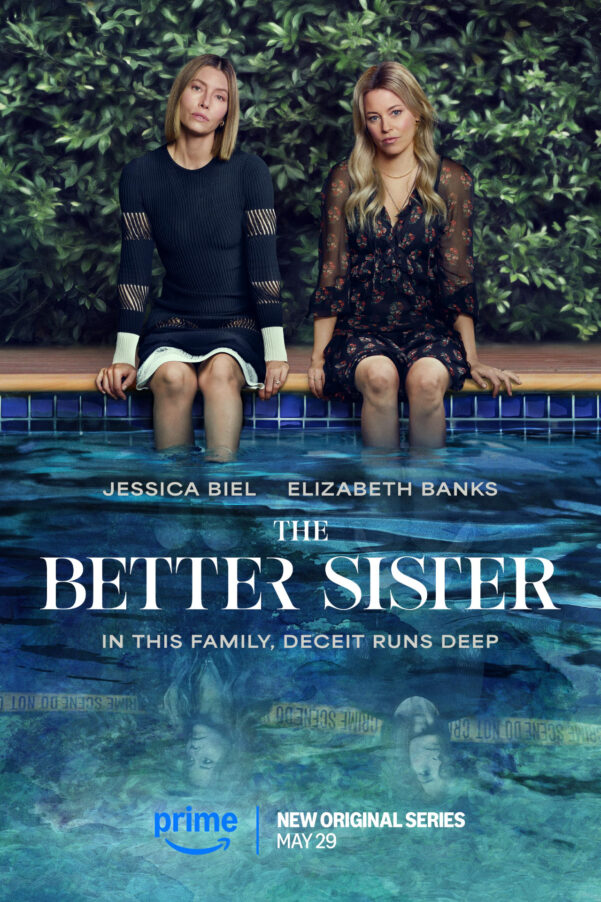

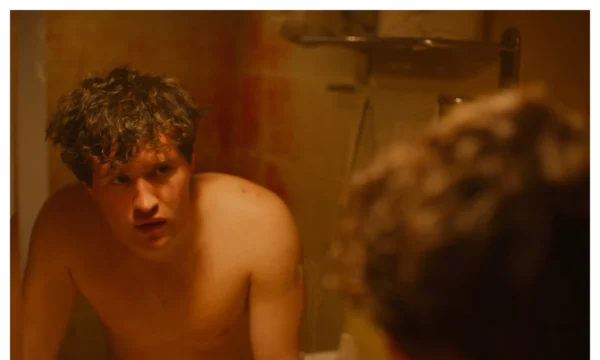

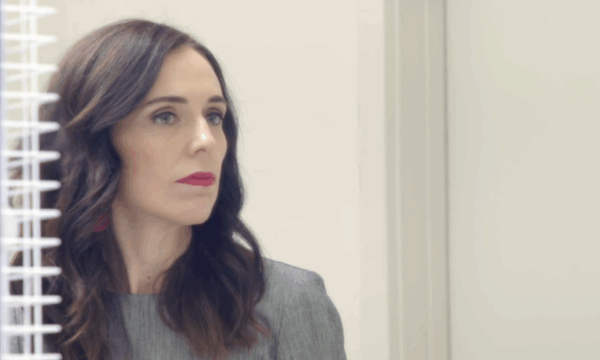
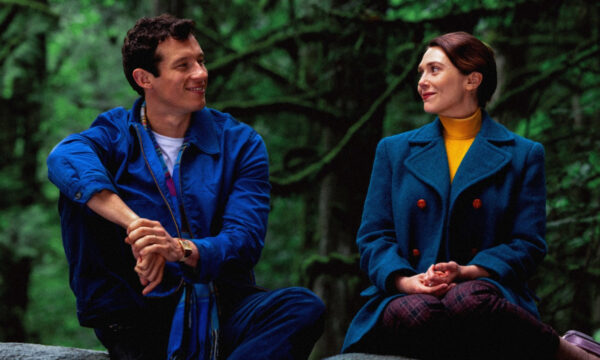
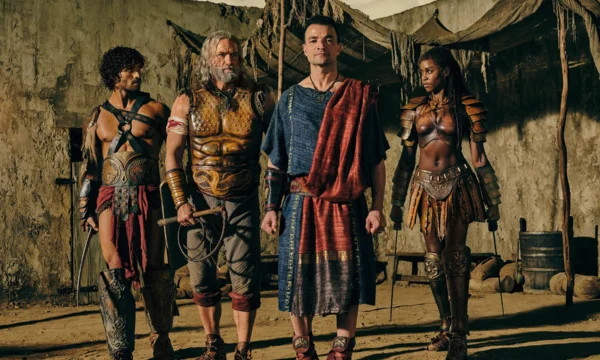
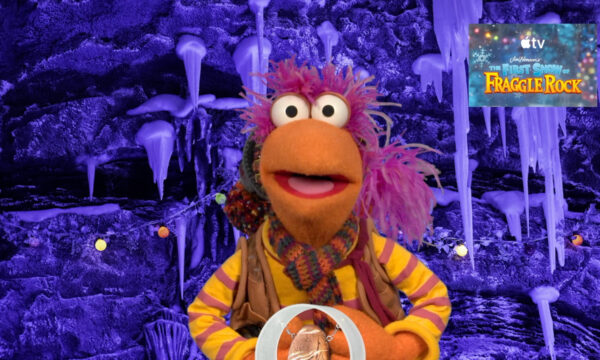



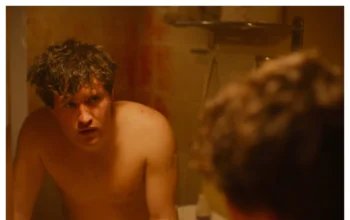












Facebook
Twitter
Instagram
YouTube
RSS